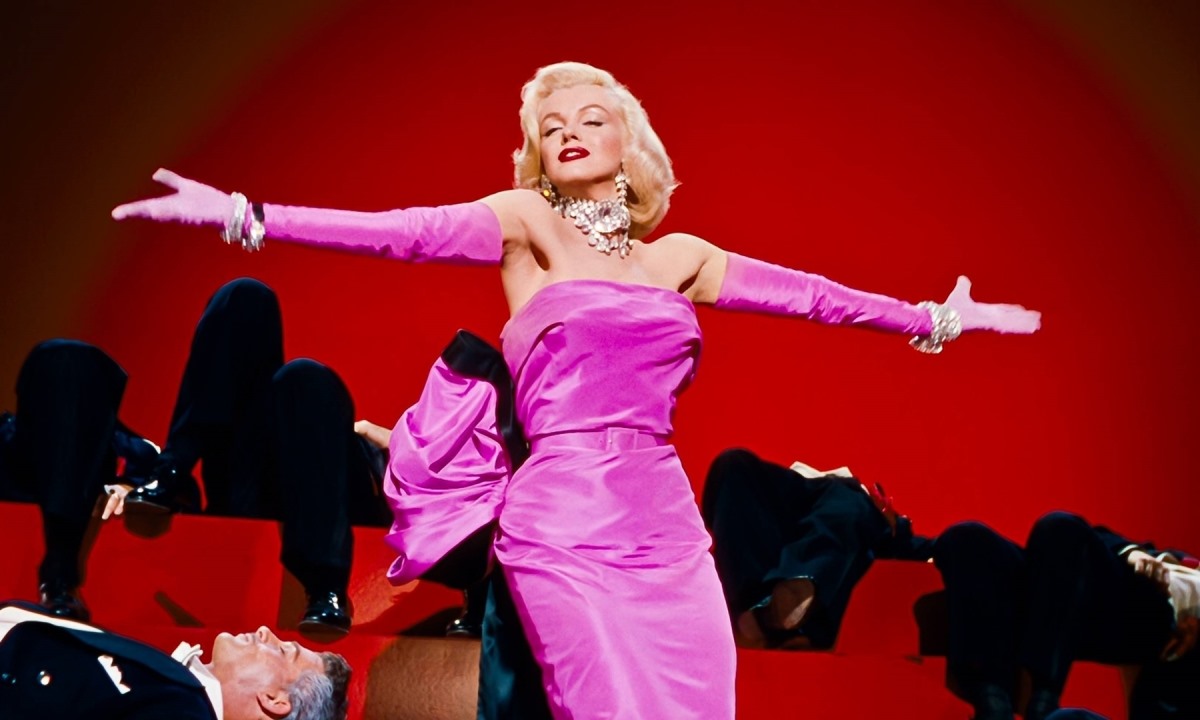
The day began with a routine. At 7:00 a.m., there was an appointment with Mr. Gallagher from personnel, and by 1:00 p.m., a luncheon with the representatives of the Blake Paper Company. But beyond the mundane schedules of others, the world remained haunted by a story far from ordinary—the story of Marilyn Monroe.
For more than sixty years, the death of Marilyn Monroe has lingered like a shadow over Hollywood. She was more than just a movie star; she was a symbol—of beauty, vulnerability, and mystery. When she was found dead in her Los Angeles home in 1962, the official explanation was swift and almost clinical: a probable suicide by overdose. Yet, whispers began almost immediately. Was it truly suicide, or had Marilyn become a threat to people in high places—people with power, secrets, and motives?
Authorities closed the case quickly, but the story refused to die. Inconsistencies emerged in witness statements. Those who were there acted strangely. Evidence went missing. To some, it was a cover-up. To others, a tragedy brushed aside by Hollywood’s cold indifference. And a few dared to point fingers at political figures whose names were never meant to be tied to hers.
Decades later, new interviews and re-examined records suggest the truth may be darker than anyone expected. Marilyn’s death wasn’t just tragic. It may have been intentional.
But before the mystery, there was the girl.
Marilyn Monroe began life as Norma Jeane Mortenson, born June 1, 1926, in Los Angeles. Her beginning was already fractured. Her birth certificate listed no father. Her mother, Gladys, struggled with severe mental health issues, leaving Norma Jeane to grow up in a world of instability. From 1935 to 1942, she lived in a blur of foster homes and an orphanage, forming temporary attachments only to lose them again. Childhood for her was not play but survival.
By sixteen, with her foster care arrangement ending and the threat of returning to the orphanage looming, Norma Jeane made a practical choice: she married her 21-year-old neighbor, James Dougherty. It wasn’t a love story—it was a lifeline. Marriage offered safety, a home, and an escape from the state’s custody.
When James joined the Merchant Marine during World War II, Norma Jeane remained in California and took a job in a munitions factory in Van Nuys. One day in 1944, fate walked in through the factory doors in the form of a military photographer. He noticed her photogenic face and asked to take her picture. A simple snapshot became the spark of a new life.
That picture led to modeling work, and the shy foster girl quickly transformed into a sought-after pin-up model. By 1946, her photographs caught the attention of 20th Century Fox, and she signed her first studio contract. Hollywood required another transformation: Norma Jeane Mortenson became Marilyn Monroe. The name “Marilyn” came from Broadway star Marilyn Miller, and “Monroe” was her mother’s maiden name. It was glamorous, marketable—and it marked the beginning of a lifelong divide between her public persona and private self.
From 1947 to 1950, Marilyn worked quietly in small film roles, learning, observing, and enduring the realities of a male-dominated industry. Her first credited film, Dangerous Years (1947), was modest, but by the time she appeared in John Huston’s The Asphalt Jungle (1950), critics and audiences began to notice her.
By the early 1950s, Marilyn Monroe was no longer just a pretty face. She was a rising star, but her past never released its grip. The trauma of her childhood, the feeling of abandonment, and the emotional instability she had inherited cast a long shadow over her adult life. Anxiety, depression, and insomnia followed her like ghosts, and she increasingly relied on prescription medications to cope.
The world would see the glamour, the laughter, the famous white dress fluttering above a subway grate. But behind the image was Norma Jeane—the orphaned girl still searching for a place she could finally call safe.
And in 1962, that search ended in a bedroom in Los Angeles, with questions that remain unanswered to this day.